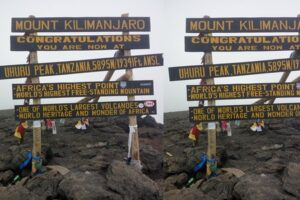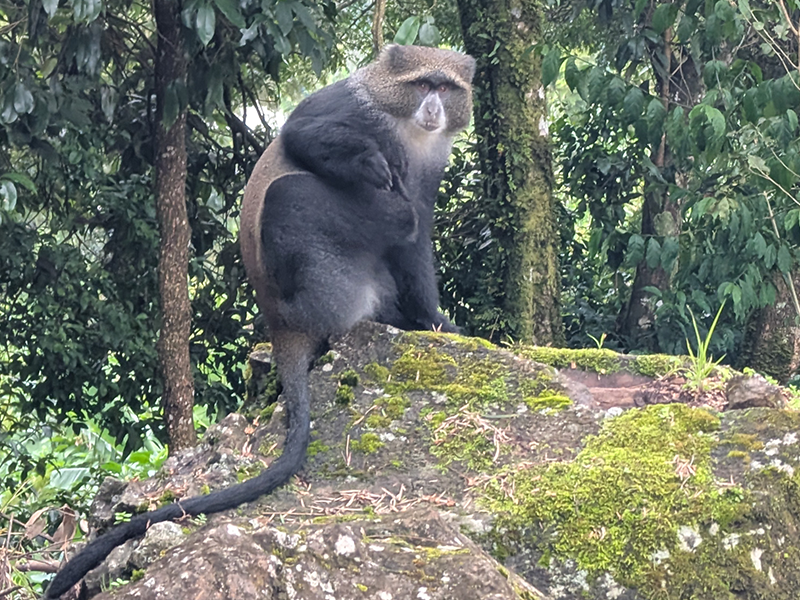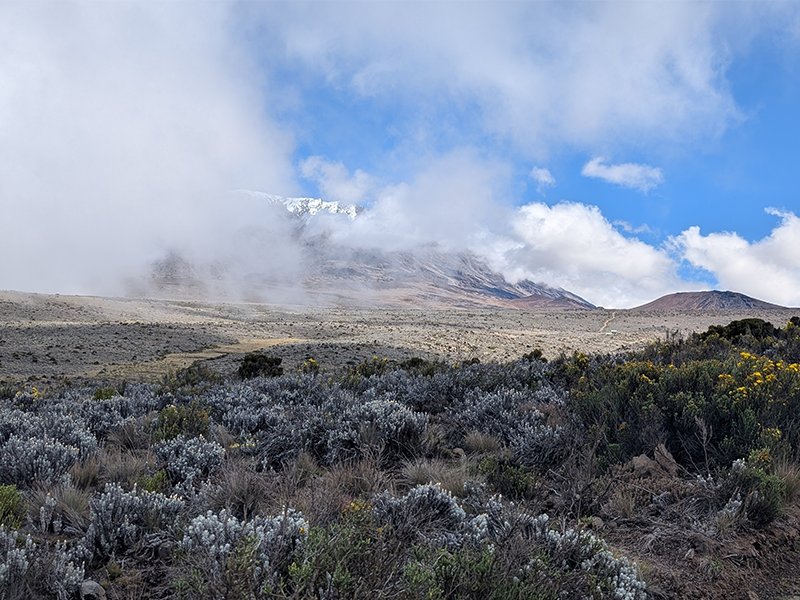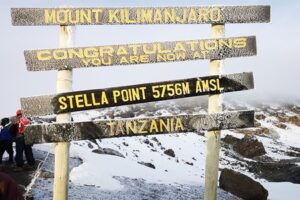
Kilimanjaro Summit History: The Meaning of Uhuru Peak
Table of Contents Uhuru Peak? The Story Behind the Name | Kili Quests Uhuru Peak is not only the summit of Mount Kilimanjaro, but






Table of Contents Uhuru Peak? The Story Behind the Name | Kili Quests Uhuru Peak is not only the summit of Mount Kilimanjaro, but

Table of Contents Why Is It Called Stella Point? The Story Behind the Name | Kili Quests On your final push to the summit of

Table of Contents Why Is It Called Gilman’s Point? The Story Behind the Name | Kili Quests Climbers taking the Marangu or Rongai Route
@2025 Kili Quests. All rights reserved.